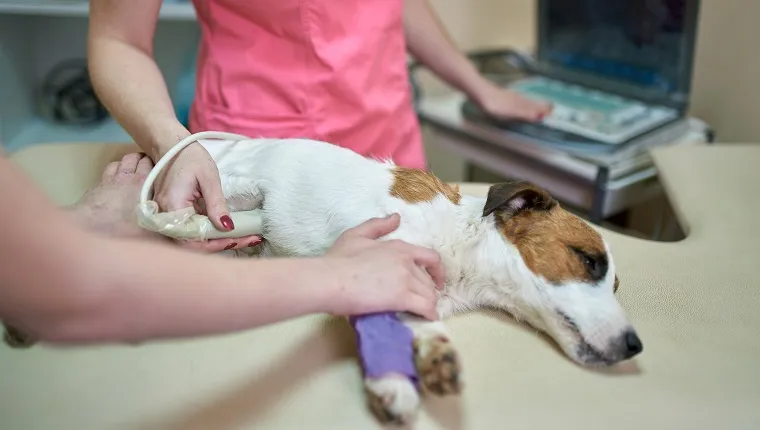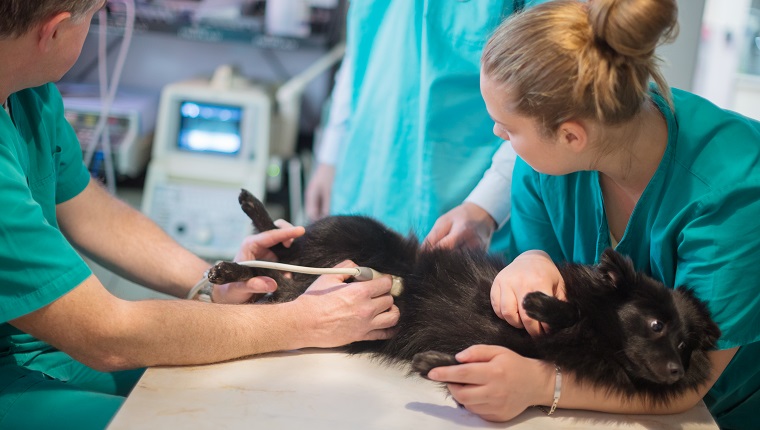Polypoid cystitis in dogs is a medical condition that involves an infected or inflamed bladder. It can cause polyps, which look like round, fleshy protrusions, to form on the bladder’s surface.
This condition can bring on ulcers and cause blood to appear when a dog urinates.
If you see concerning symptoms in your dog, then you must consult your veterinarian for a proper diagnosis and course of treatment. Here’s what you should know about the symptoms, causes, and treatments of polypoid cystitis in dogs.
Symptoms Of Polypoid Cystitis In Dogs
Polypoid cystitis usually involves symptoms that affect the way a dog urinates. Some of the most common symptoms include:
- Urinating more often than usual
- Blood being present in the urine
- Having difficulties urinating
- Loss of appetite
Causes Of Polypoid Cystitis In Dogs

The causes of polypoid cystitis in dogs are usually issues involving the urinary tract. Some of the most common causes include:
- Presence of bladder stones
- Urinary tract infections
Additionally, older dogs often have a higher likelihood of developing the condition than younger canines.
Veterinary Treatments
If you suspect that your dog might be developing polypoid cystitis, your veterinarian will want to carry out a fully physical examination. They’ll order blood and urine tests.
Your vet will also ask about your dog’s medical history, including any instances of contracting a urinary tract infection or any recent loss of appetite or issues with urination.
In some cases, vets may suggest an ultrasound or a process called a cystoscopy to further examine the health of the bladder.
If your vet confirms their diagnosis, treatment will take the form a surgical procedure to remove the polyps. This is so that the polyps cannot become malignant.
If the vet also discovers an infection alongside any polyps, they will treat it at the same time. As ever, if your vet prescribes medication for your dog, it’s vital that you follow the dosage and frequency instructions precisely and complete the entire course of medication.
While your dog is recovering, your vet will want to call your dog back for another round of ultrasound imaging around a week or two after any surgery. This is to check that they have successfully removed the polyps.
Has your dog ever had a problem with polypoid cystitis? What kind of treatment did your vet give them? Tell us all about it in the comments below.









